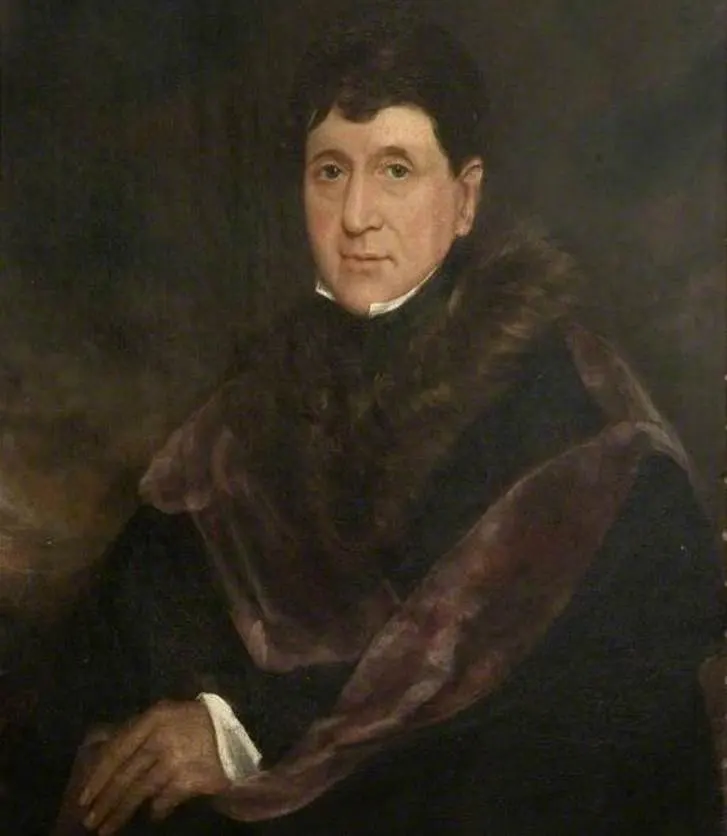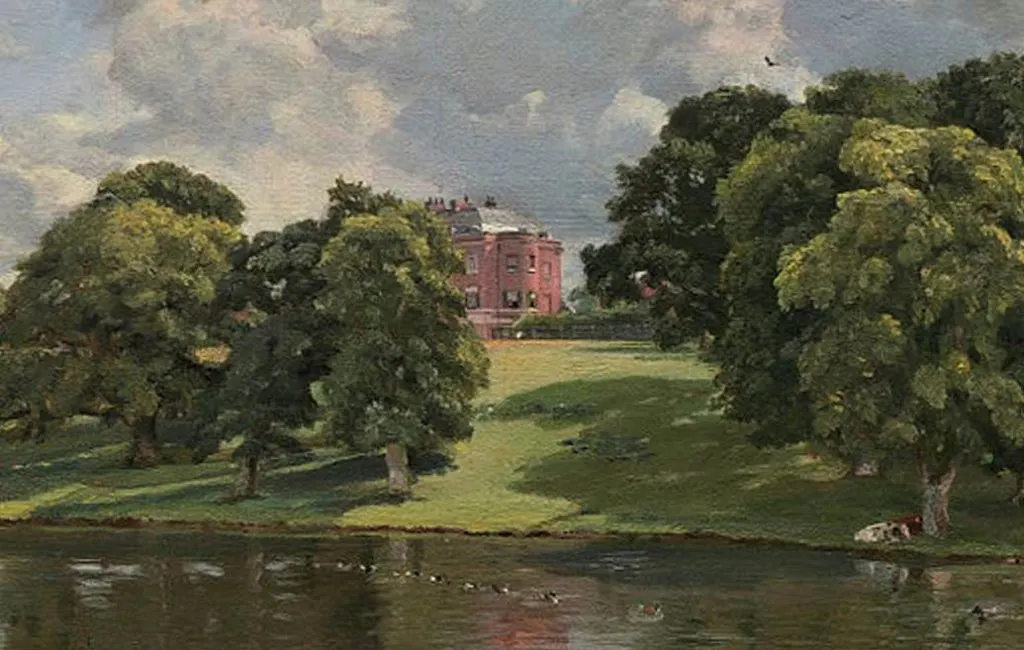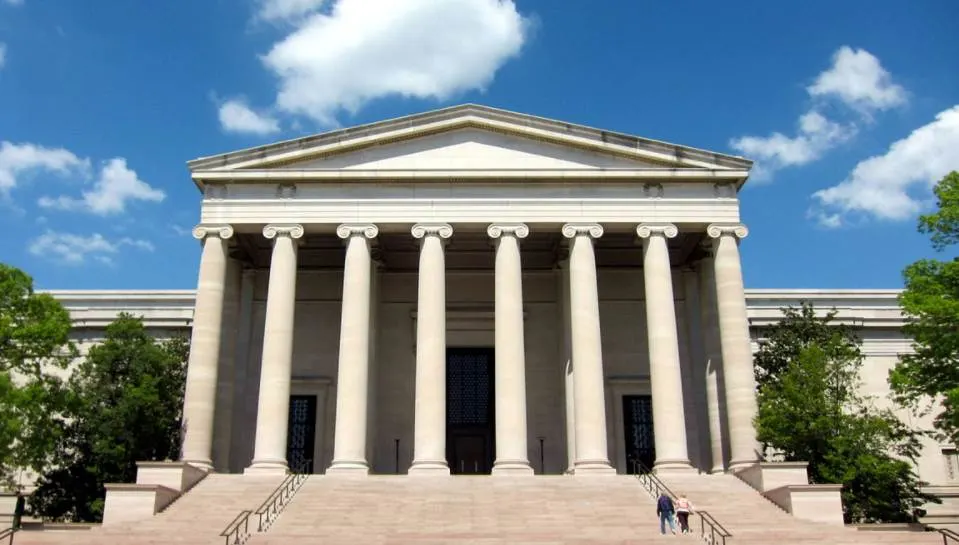Very few painters in history were able to produce such magnificent landscapes as this renowned artist of the Romantic era.
That’s the main reason why the countryside here John Constable (1776-1837) grew up in is now referred to as “Constable Country.”
The English artist produced one of his ultimate masterpieces in the region that he loved the most, and it’s the epitome of his artistic style which revolutionized landscape painting.
Below you can find some of the most interesting facts about Wivenhoe Park by John Constable, one of the finest Romantic paintings ever produced.
1. The painting was completed in the year the artist got married
Even though John Constable is considered to be one of the most successful landscape painters of the 18th century, he never reached the level of popularity during his lifetime.
At least, not in his native England. He sold more paintings in France and inspired a group of Realism painters referred to as the “Barbizon School.”
Wivenhoe Park is a remarkable painting because it was one of the first works that he managed to sell for a significant amount of money.

He sold the painting in 1816 and this allowed him to marry his long-time love named Maria Elizabeth Bicknell (1788-1828).
He was already 40 years old at the time and he had befriended the girl since 1809.

The marriage wasn’t appreciated by everyone at the time, mainly Maria’s family who wanted her to find a financially secure man.

2. It depicts a large green area on the eastern outskirts of Colchester
The artist was a native of Suffolk, more specifically East Bergholt. This is a village situated between Ipswitch to the northeast and Colchester to the southwest in the southeastern part of England.
This area is known as “Dedham Vale” and it served as the main subject matter of Constable’s landscapes. It’s therefore referred to as “Constable Country” today.
Wivenhoe Park is a green area that borders the eastern part of Colchester, not too far from his home village. It covers an area of approximately 200 acres (81 hectares).

3. It was commissioned by a family friend and one of his first patrons
The money from this painting allowed him to get married and he had to be extremely thankful to the man who had commissioned this painting, Major General Francis Slater-Rebow (1770-1845).
Rebow was a personal friend of John’s father, Golding Constable, and the first significant patron of the artist. He paid the sum of 100 guineas for this painting.
The Rebow family had owned this piece of land known as Wivenhoe Park since at least the early 18th century.

4. The patron’s daughter is depicted in a cart on the left
Major General Francis Slater-Rebow would end up commissioning several more paintings from Constable in the following years.
To make ends meet, he had to focus on portraits for many years, something he found rather boring. His talent for religious works was limited as well.
He had painted a portrait of the 7-year-old daughter of Rebow in 1812.
It’s hard to notice initially, but this girl, who was about 11 years old at the time Wivenhoe Park was completed, is depicted riding a donkey cart on the left side of this painting as well.

5. The 18th-century mansion in the distance is a 4-star hotel today
One of the ancestors of General Later-Rebow named Isaac Rebow commissioned the construction of a house in Wivenhoe Park in the year 1759
This mansion is known as “Wivenhoe House” and remained in the Rebow family’s possession until it was sold to Charles Edmund Gooch in 1902. It had already been remodeled in 1846.

Both Wivenhoe Park and Wivenhoe House were purchased by the University of Essex in 1964. It has served as a hotel ever since.
The University of Essex spent quite a bit of money on the hotel in the early 2010s as a £10 million refurbishment was completed in 2012.
If you want to discover Constable Country, there’s hardly a better place to stay than this 4-star hotel.

6. It’s one of Constable’s ultimate masterpieces for several reasons
Constable’s landscapes are defined by the fact that he wanted to emphasize the natural beauty of his native region.
He went to a large extent to achieve this goal. His paintings literally overflow with a sense of Romanticised nostalgia about rural life, a lifestyle that started to fade due to the beginning of the Industrial Revolution.
This was a sheer contrast to the often violent depictions of nature by his contemporary J.M.W. Turner (1775-1851). Turner’s paintings are often hazy and full of dramatic feelings.
If there’s one painting that defines the essence of Constable’s attempt to capture the natural beauty of Dedham Vale, then Wivenhoe Park fits this description.

7. How Big is Wivenhoe Park by John Constable?
After his honeymoon on the southern coast of England, the artist was inspired to paint works on a much larger scale. Before, his landscapes were small to medium-sized.
This oil on canvas painting isn’t huge as well as it has dimensions of 56.1 × 101.2 centimeters (22.1 × 39.8 inches).
8. Where is the painting located today?
The painting remained in the Rebow family until it was purchased by American art collector Peter Arrell Browne Widener (1834-1915) in 1906.
His son, Joseph E. Widener (1871-1943), was one of the main benefactors of the National Gallery in Washington D.C. and he donated the painting to the museum in 1942.
Today, this magnificent English landscape painting is still part of the collection of the NGA in Washington D.C. and is on display in the West Building, Main Floor, in Gallery 57.

